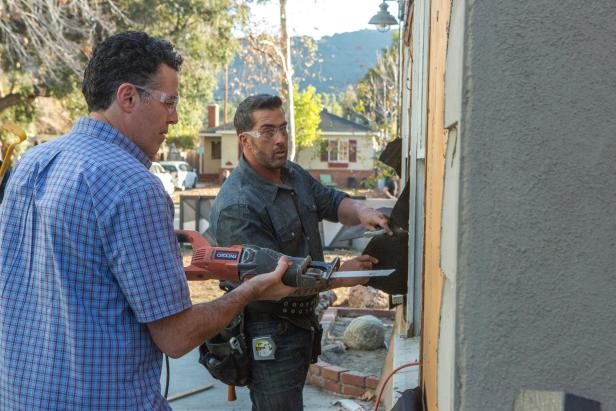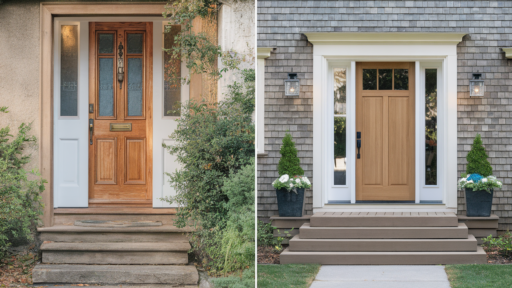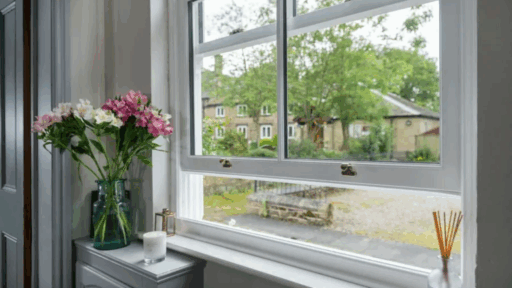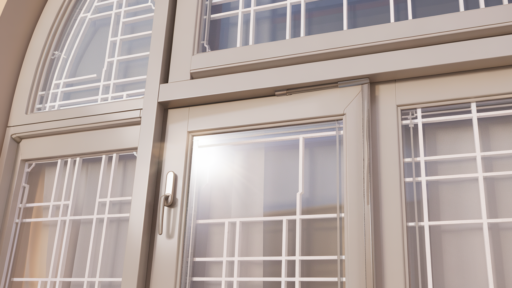Let’s be honest—watching home makeover videos online makes it all look so simple. A few planks of wood, a hammer, a fresh coat of paint, and boom: instant dream home. It’s tempting. The idea of saving money, adding your own personal touch, and bragging rights when it’s all done sounds great. But the reality? Not so great. In fact, going the DIY route for major home renovation projects often ends up being the longer, more expensive, and wildly stressful path.
People like to think they’re just one weekend away from flipping their kitchen or redoing their bathroom. The truth is, unless your day job involves a license and a whole lot of hands-on training, you’re probably better off leaving it to the people who do this for a living.
Looks Easy Until It Isn’t
There’s something weirdly satisfying about demolition day. People love the idea of swinging a sledgehammer through drywall like they’re on a TV show. But ripping stuff out is only step one—and it’s not even the part that usually goes wrong. The tricky stuff comes next: leveling floors, installing plumbing, rerouting electrical, and making sure every piece lines up just right. That’s where DIY usually falls apart, and where calling in a professional starts to look a whole lot smarter.
YouTube doesn’t warn you about how one wrong angle with a saw can throw off your cabinet alignment by a full inch. And let’s not even talk about the chain reaction of problems that happens when you try to tile a floor without first checking if it’s level. There are so many small details professionals just know how to spot. When homeowners miss them, it adds up to some pretty expensive fixes down the line.
One of the most common home renovation mistakes is thinking you’ll “figure it out as you go.” That confidence lasts right up until the moment the new sink doesn’t fit because the plumbing is three inches off, or the city inspector hands you a failed permit check. That’s not just inconvenient—it can shut down the entire project until you get it fixed, usually by the same pro you could’ve hired in the first place.
The Money Myth Everyone Believes
Here’s where DIY really lures people in: cost. It seems cheaper, right? No labor fees, no hourly charges, just the price of materials. But that’s only part of the picture. First, DIY almost always takes longer. And when you’re living in a half-renovated space, time is not your friend. The extra weeks (or months) of dust, noise, and disrupted routines? That takes a toll.
Then come the re-dos. You’ll end up spending more money fixing mistakes than you would have just paying a pro upfront. And don’t forget tools. Unless you already own every kind of saw, drill, level, nail gun, torch, and pipe wrench on the planet, you’ll be heading to the hardware store a lot—and those receipts pile up fast.
There’s also insurance to think about. If something goes wrong during a DIY project and damages your home, good luck filing a claim. Most policies won’t cover work that wasn’t done by a licensed contractor. That means if you accidentally hit a water line or start a fire (it happens more than you’d think), you’re eating the entire repair cost out of pocket.
Permits, Codes, and That One Inspection You Forgot About

Every city has its own rules. You need permits for a lot more than people think—moving a wall, adding outlets, changing plumbing, even sometimes replacing windows. If you don’t get the proper approvals before starting work, you could be fined or ordered to tear everything down and start over.
Contractors know how to navigate the permit maze. They also build things to code, which matters way more than it sounds. That’s what keeps your wiring from catching fire and your stairs from being a lawsuit waiting to happen. And when the time comes to sell your house, unpermitted work can tank the sale, or force you into expensive legal clean-up.
When you skip the pros, you risk missing important things that seem small but matter in big ways later. A crooked light fixture is annoying. A bathroom vent that pumps steam into your attic instead of outside? That’s a mold problem waiting to happen.
Why It’s Not Just About Skills—It’s About Time, Energy, and Sanity
Maybe you are pretty handy. Maybe you’ve even done a few small projects before. But full renovations demand more than just skill—they demand hours and hours of work. If you’ve got a job, a family, and any hope of sleeping through the night, taking on a full reno by yourself might not be realistic.
Professional teams can knock out a renovation in a fraction of the time it would take you solo. They have crews, they work all day, and they know how to troubleshoot fast. That’s a major difference. DIY means late nights, early mornings, and weekends sacrificed to endless tasks. And if you make a mistake, you’ve only got yourself to blame—and to fix it.
There’s also a lot of decision fatigue. Picking fixtures and paint colors is fun until you’ve spent five hours at the hardware store comparing grout shades. Contractors take a load off by narrowing choices, keeping schedules tight, and making sure nothing falls through the cracks. That support ends up being worth every penny.
The One Thing You Should Never DIY: Your Comfort
Let’s get real about one job you absolutely, positively should not touch: anything involving your heating and cooling systems. Your comfort depends on your air working right—especially in extreme seasons. And this is not an area to experiment. If something’s acting up, or your system hasn’t been serviced in years, call in a specialist. You need someone who knows what they’re doing when it comes to HVAC repair. They’ll catch problems you won’t see, fix them fast, and make sure your whole system runs efficiently, which saves money on your energy bill over time.
Trying to patch up the problem yourself with a tutorial and a wrench could cause way more damage than good. It’s not just about air filters and noisy vents—one wrong move can fry a system or cause a leak that soaks your ceiling. It’s not worth it. For anything connected to heating, cooling, or airflow, always go pro.
Before You Grab the Hammer…
It’s fine to hang some shelves or repaint a bedroom. But when it comes to real renovation—structural changes, plumbing, electric, or anything involving big machinery or permits—doing it yourself just isn’t the win people think it is. Hiring experts might feel like a splurge upfront, but it saves time, stress, money, and probably your marriage. So the next time you catch yourself eyeing a sledgehammer and saying, “How hard can it be?”—just call someone who actually knows. Your future self will thank you.








